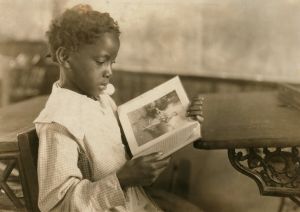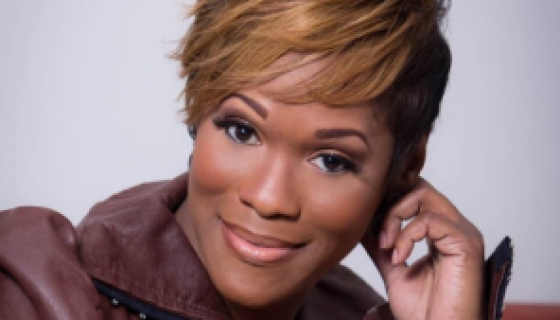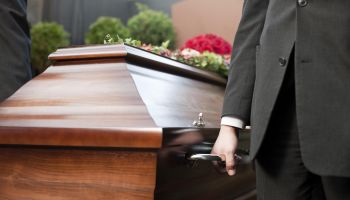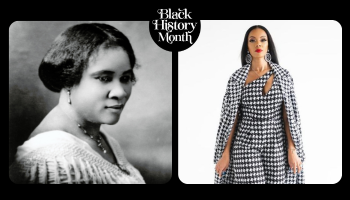
Source: Universal History Archive / Getty
Back in 1951 in a small town right off Rt. 360 south of Richmond, the small town of Farmville, Virginia, a young 16 year old school girl stood up for what she thought was right.
It was in the heat of segregation, when schools were very segregated and the Black Schools were run down and dilapidated, when a young 16 year old named Barbara Johns convinced 450 of her classmates at the Black School to stage a school strike and march to City Hall to protest the conditions at the High School.
This protest was called “Massive Resistance campaign,” and it was during a dangerous time in American History. It was before the Little Rock Nine, and even before Rosa Parks refusal to give up her bus seat, when Barbara Johns led this protest.
Barbara Johns’ sister Joan Johns Cobb said: “When she took a stand like that, it was a dangerous time, and I was the one who was worried about what might happen to us. She didn’t seem to have any fear at all,” and she marched right beside her.
Johns enlisted the help of the NAACP, which filed a suit on behalf of 117 students against Prince Edward County, challenging Virginia’s laws requiring segregated schools.
The attorney general at that point, James Lindsay Almond, originally defeated BarbaraJohns’ case by claiming that segregation was a way of life for Virginians. Now the building, which houses the state attorney general’s office, has been renamed the Barbara Johns Building. Current Attorney General Mark Herring said the renaming will serve as a reminder to him and his staff that the mistakes of the past cannot be repeated.














